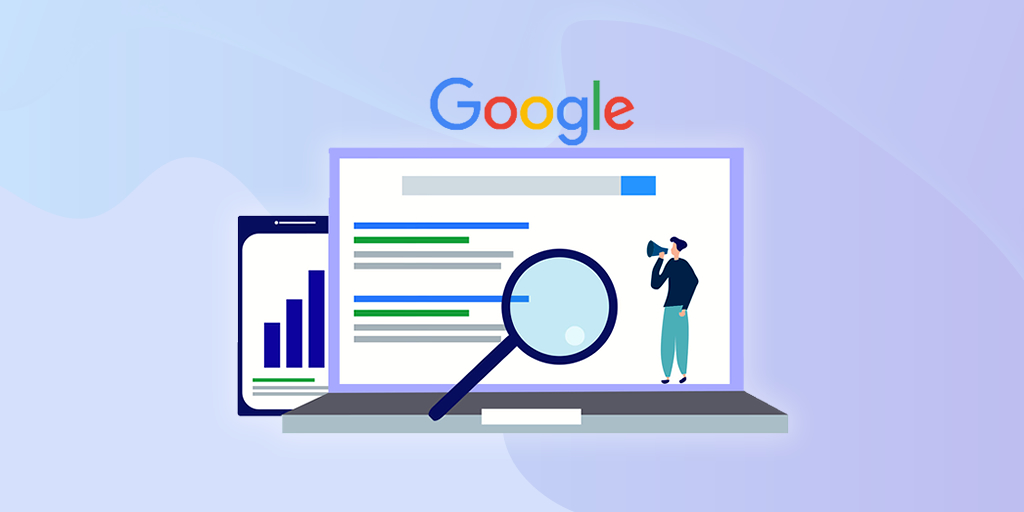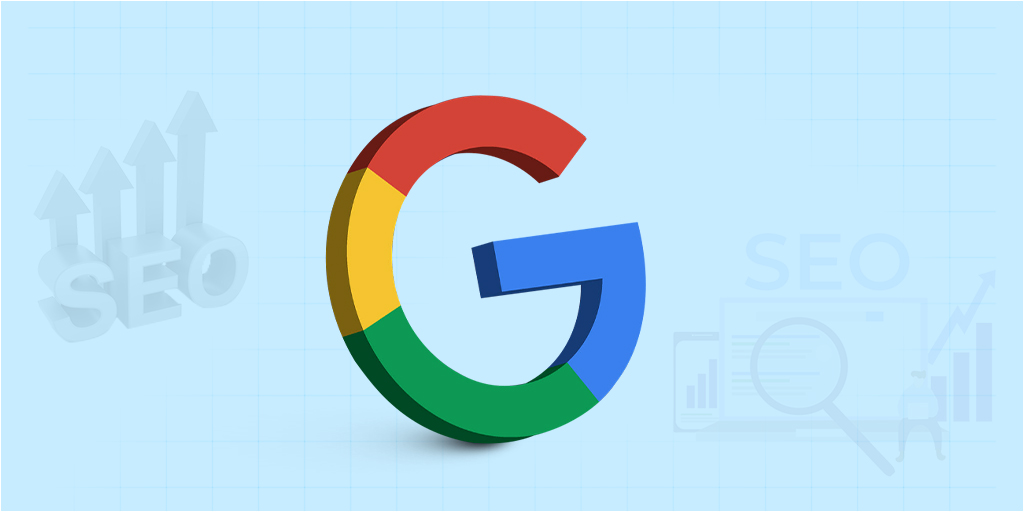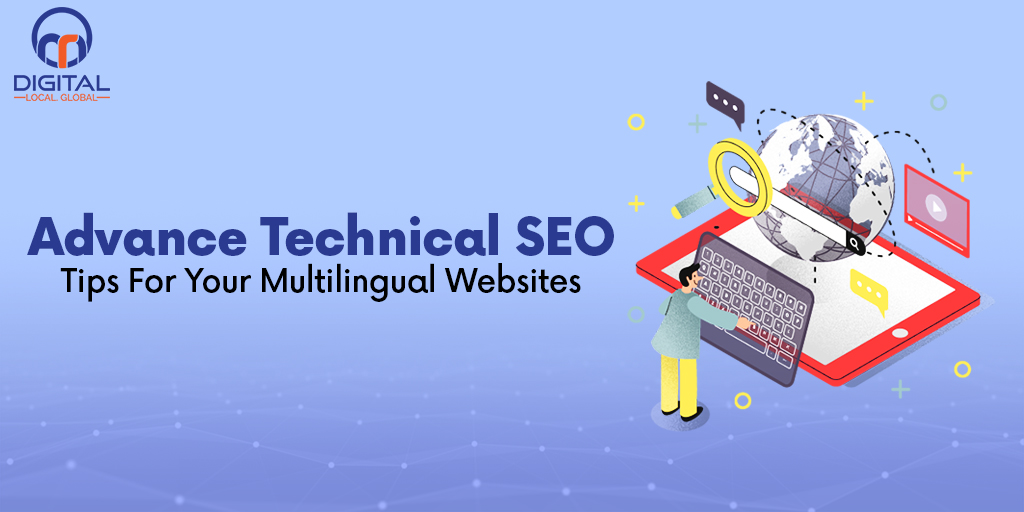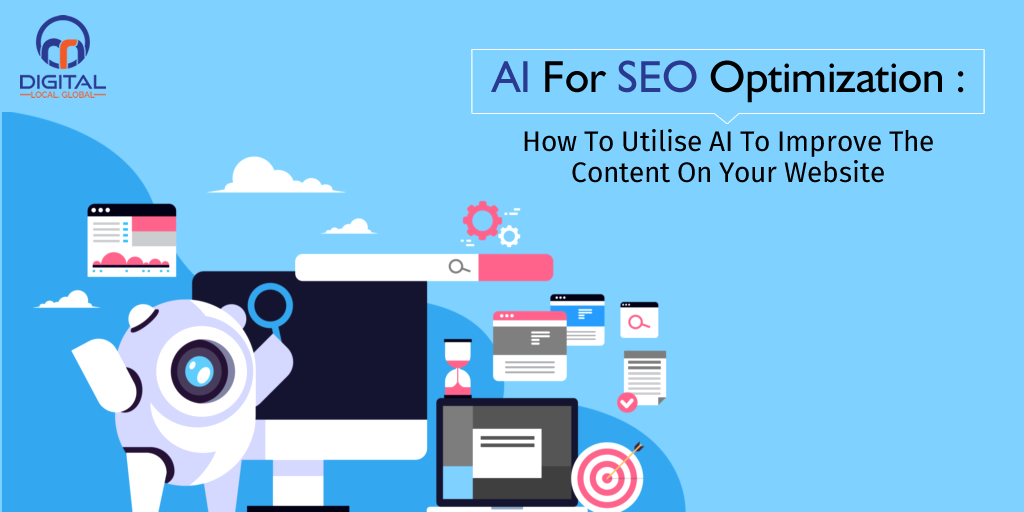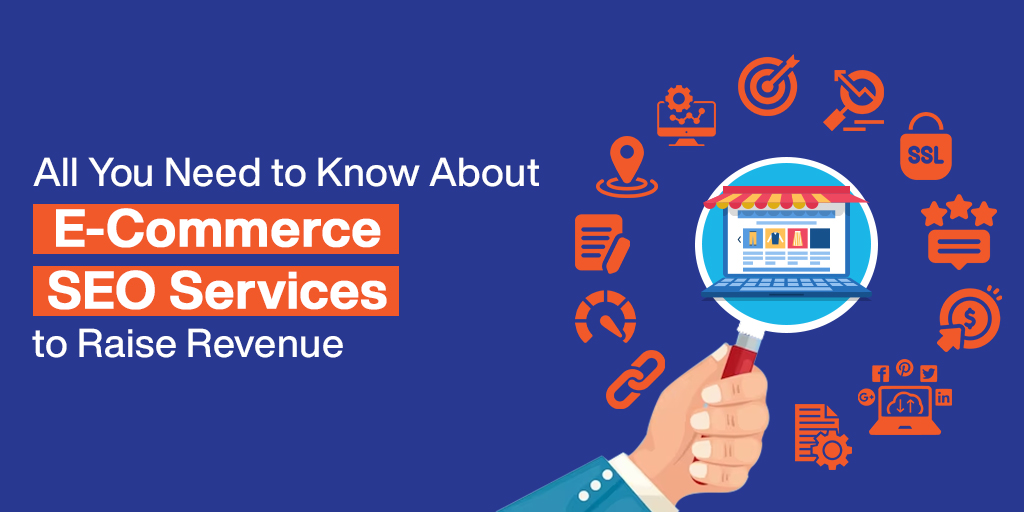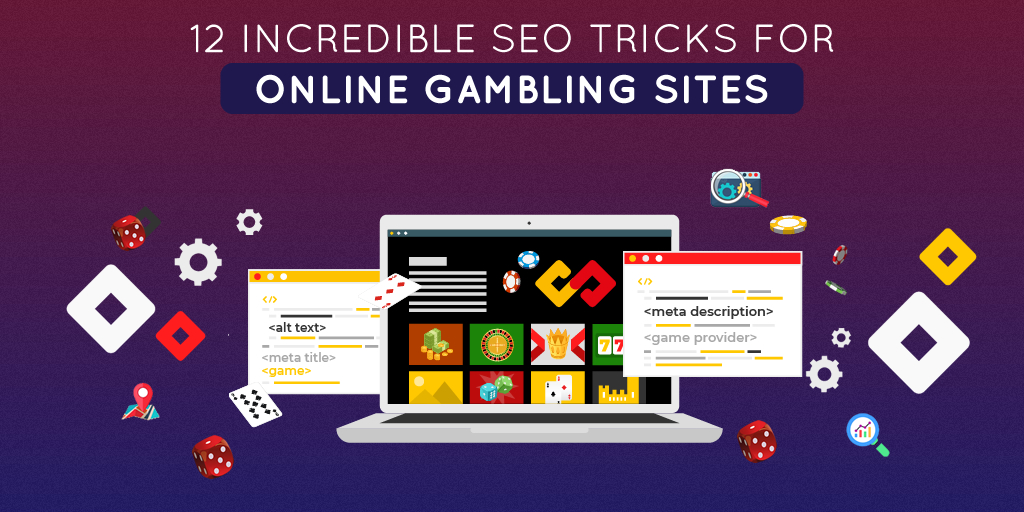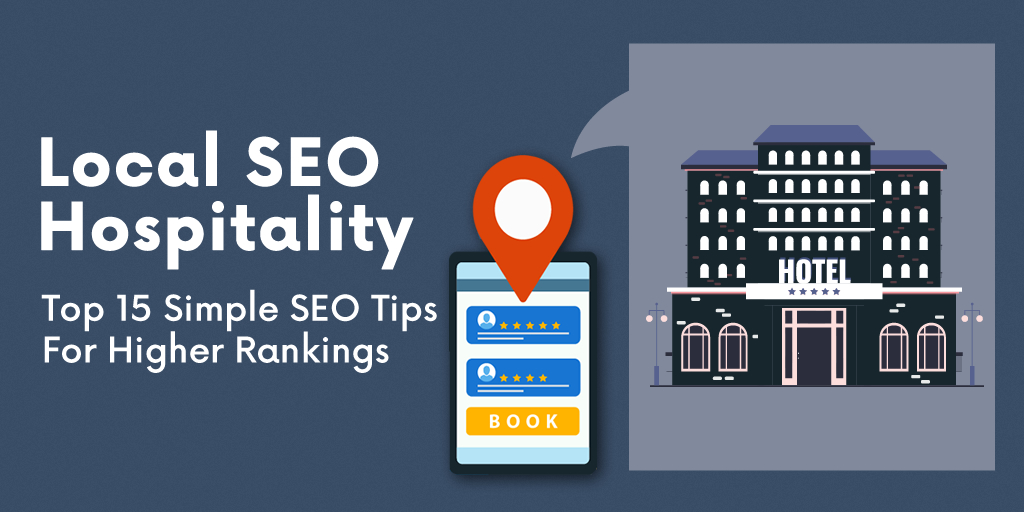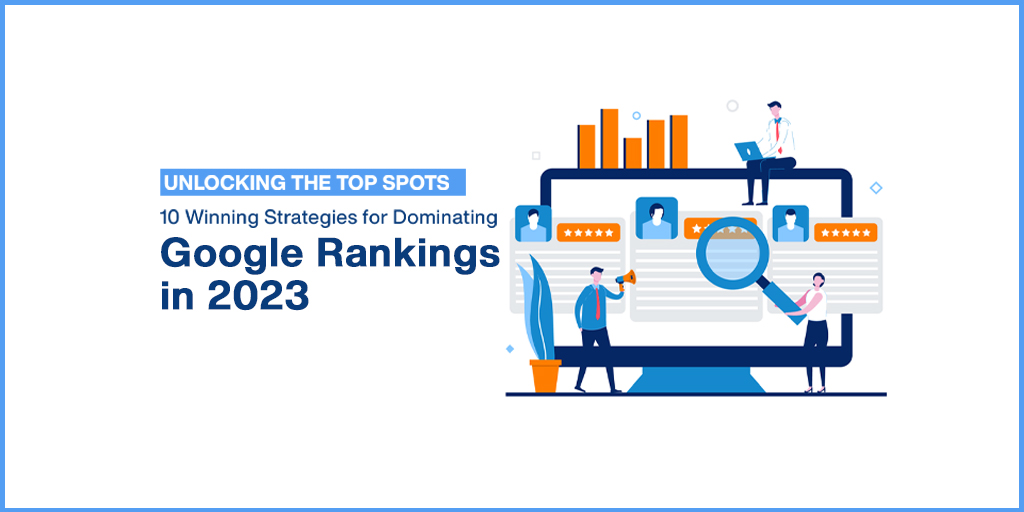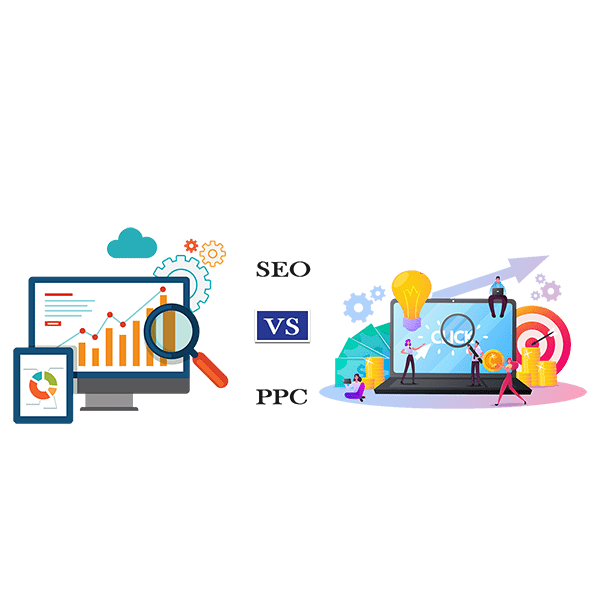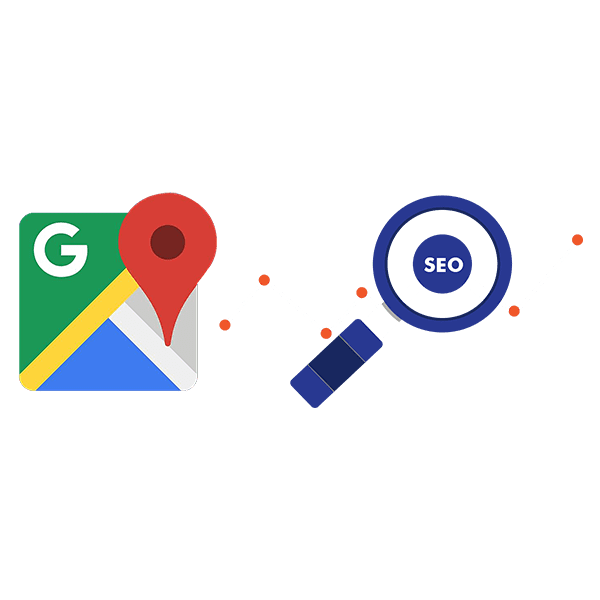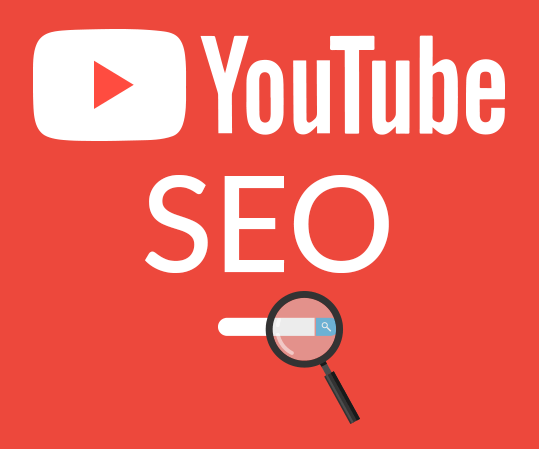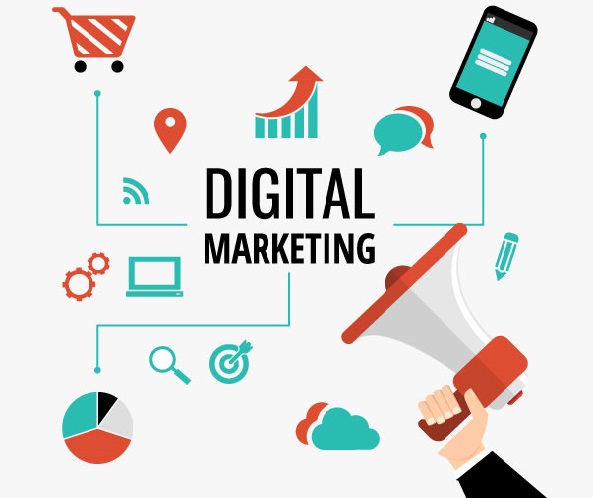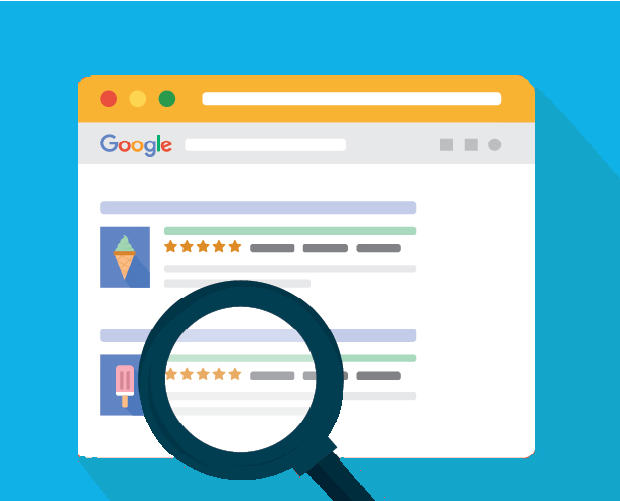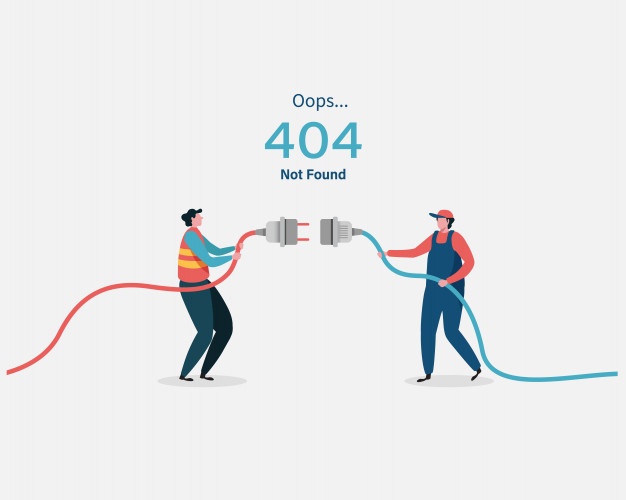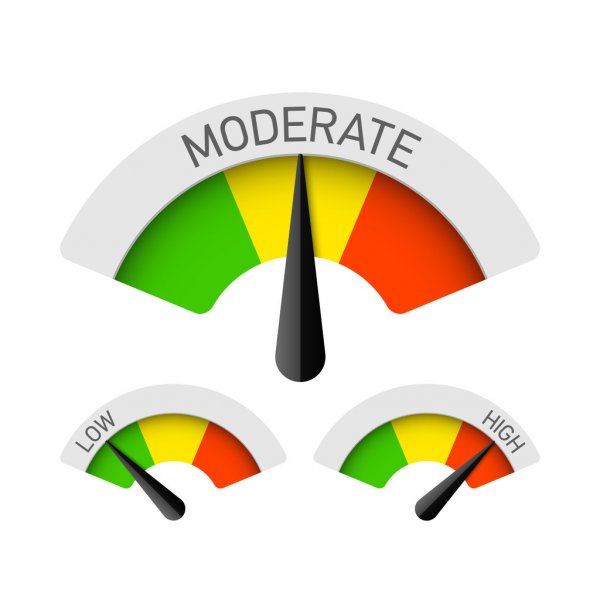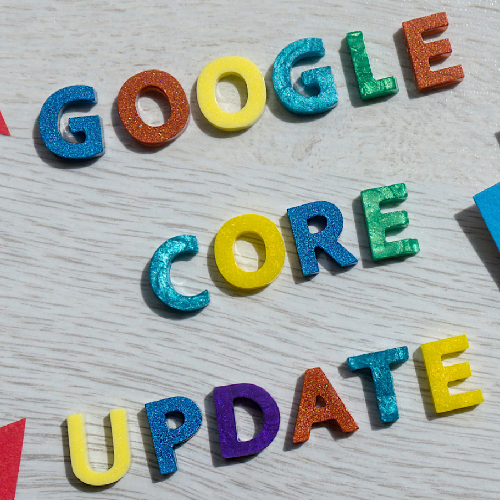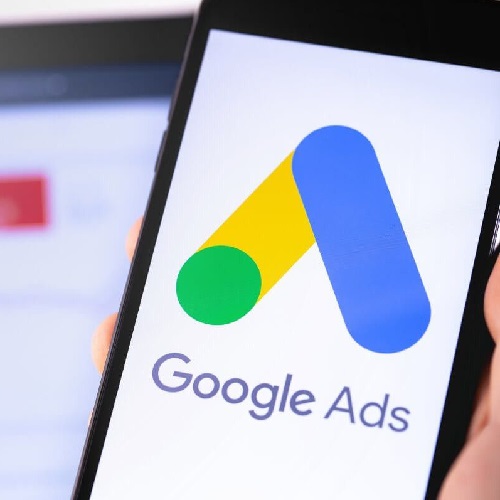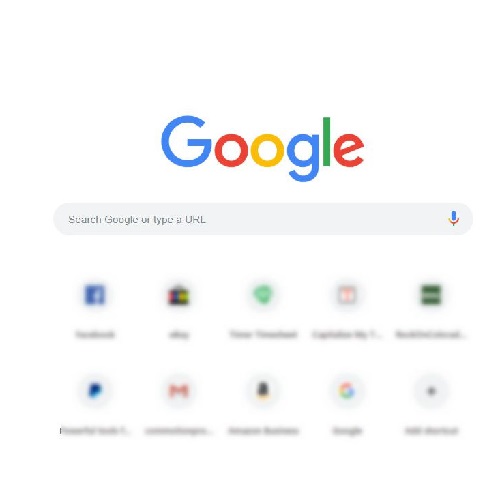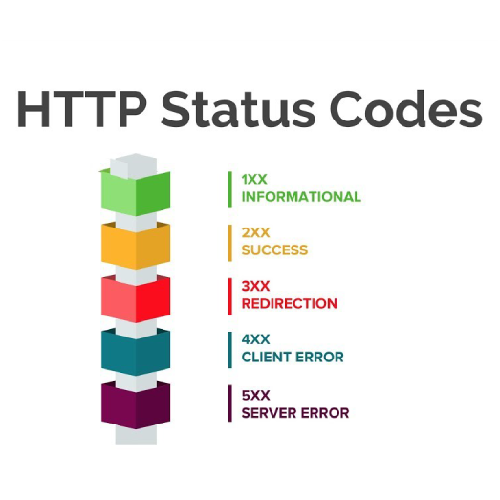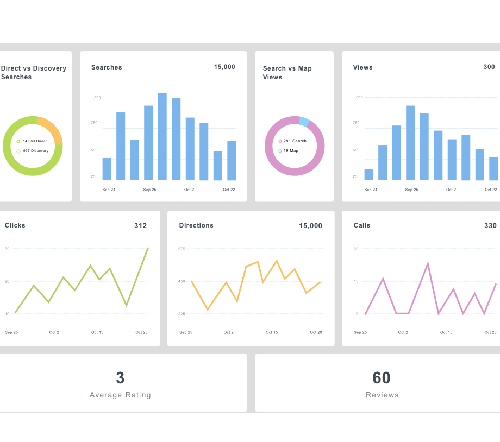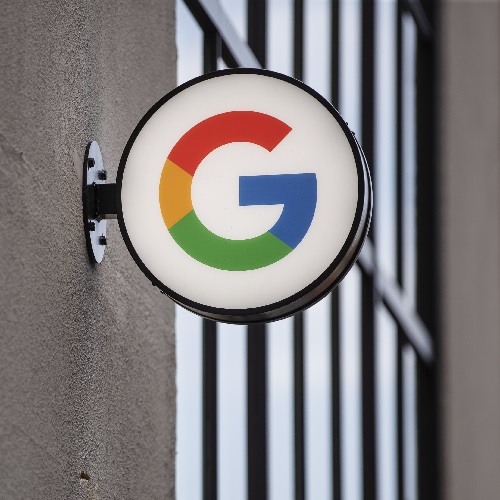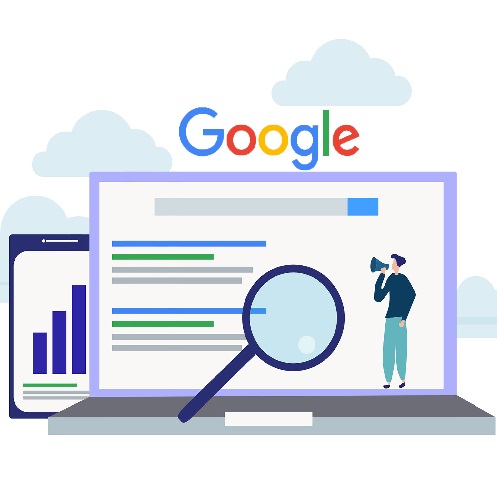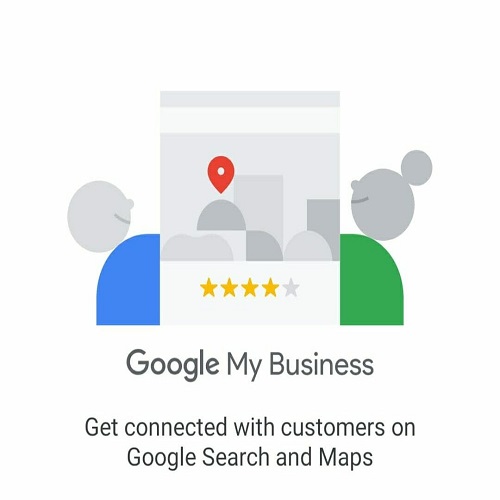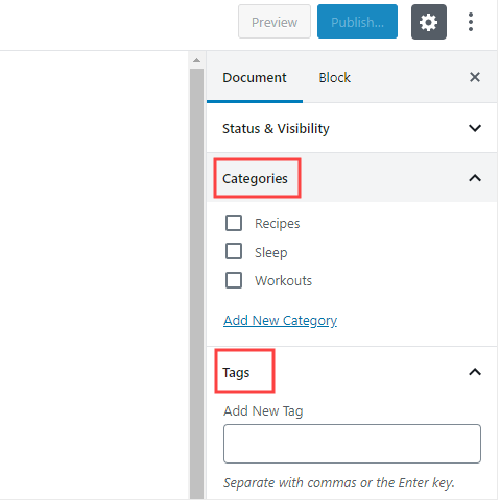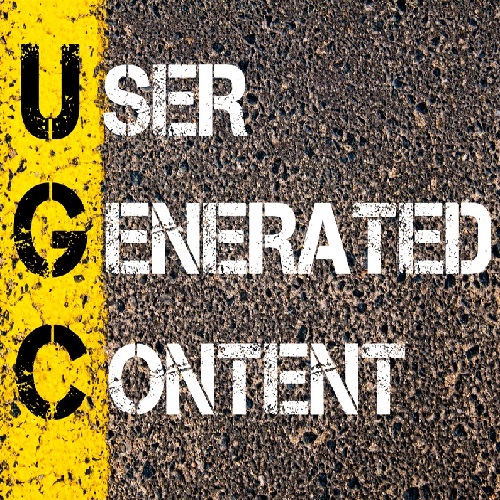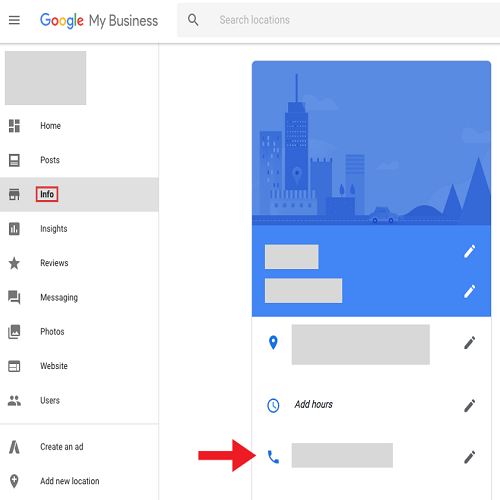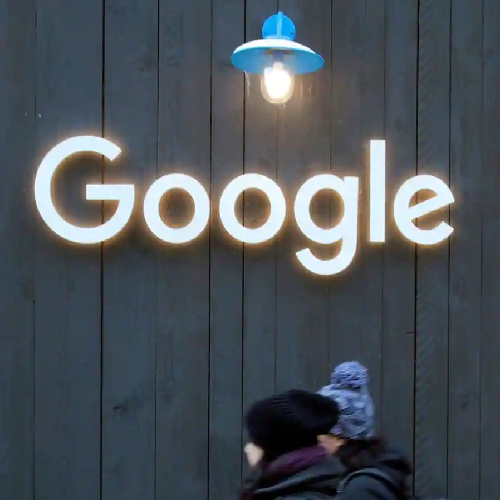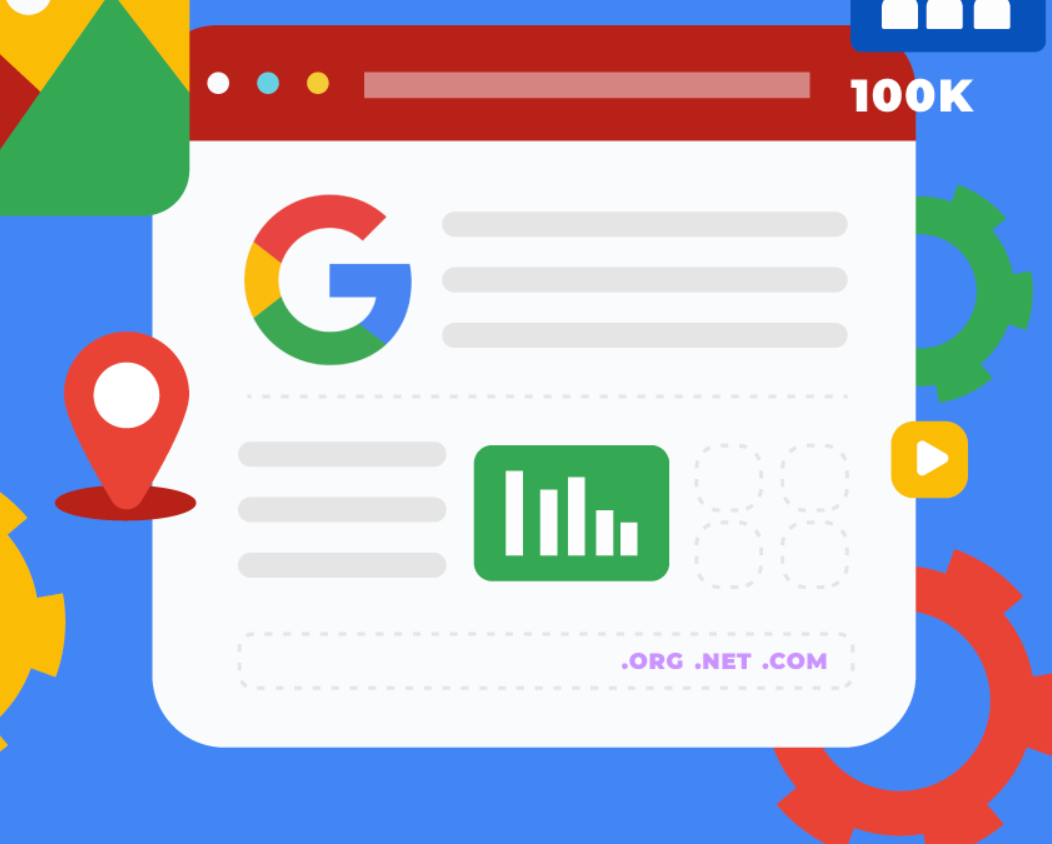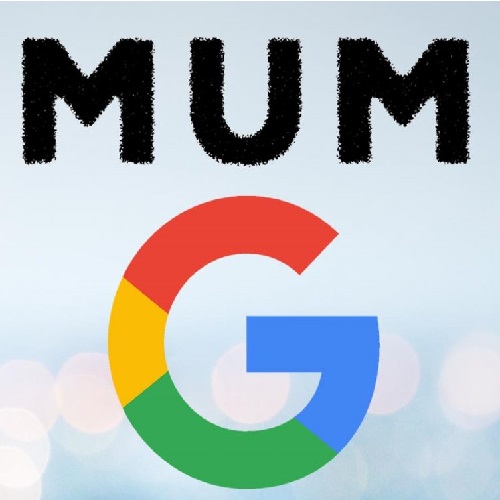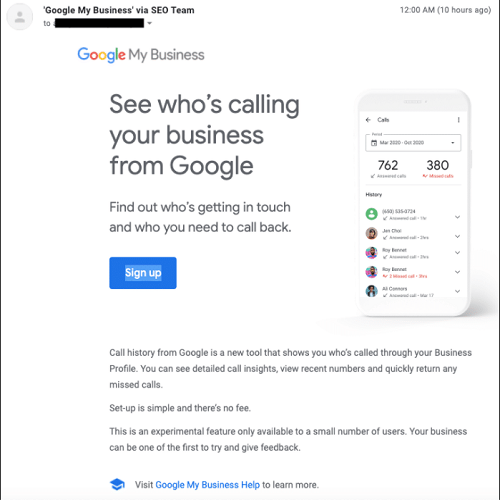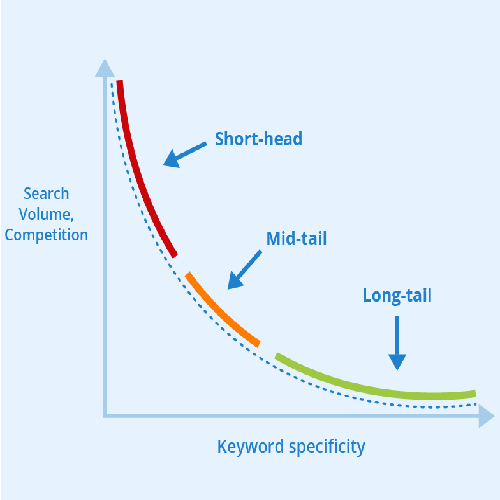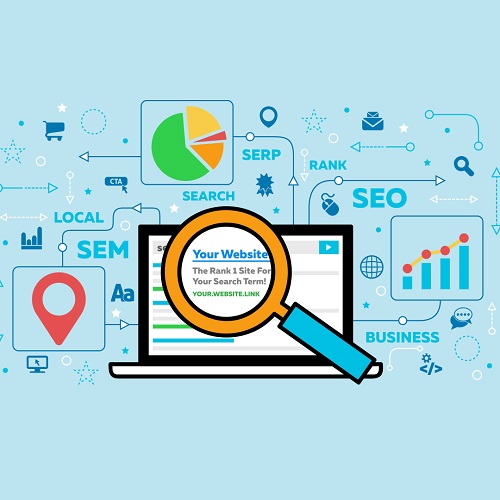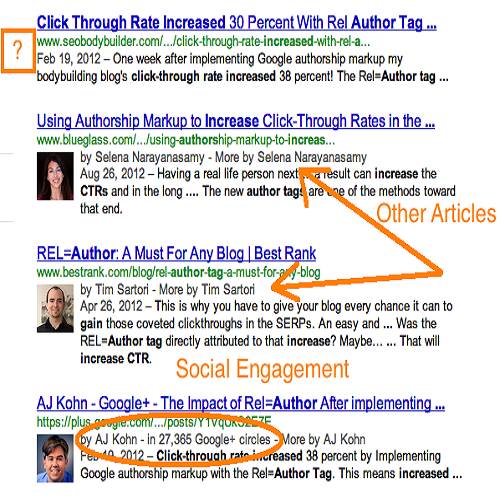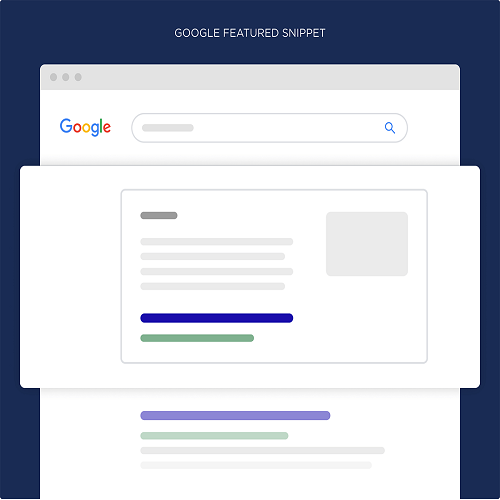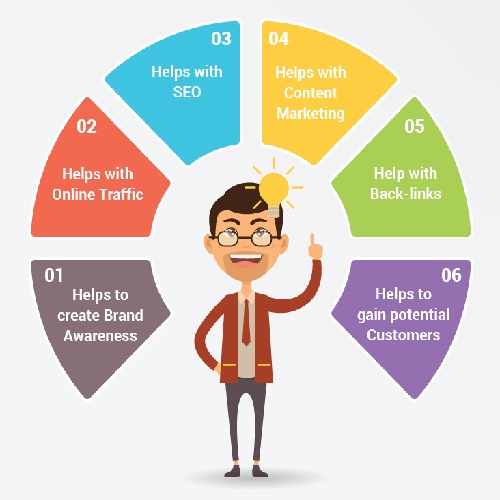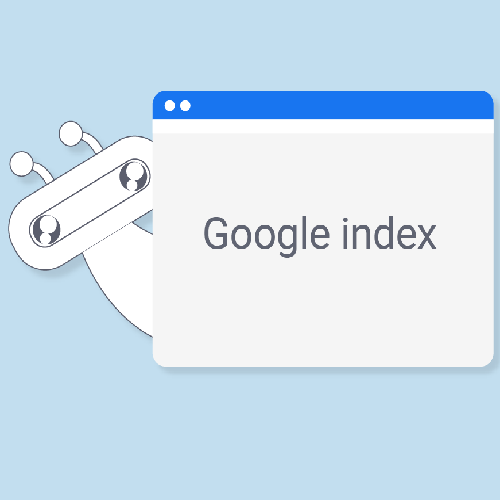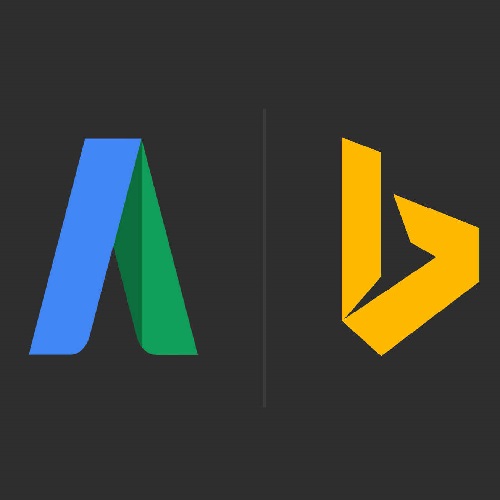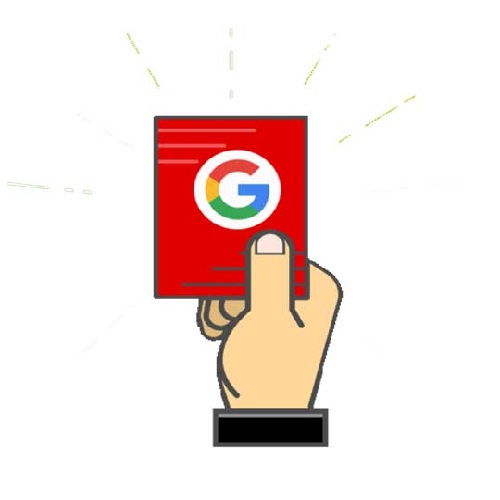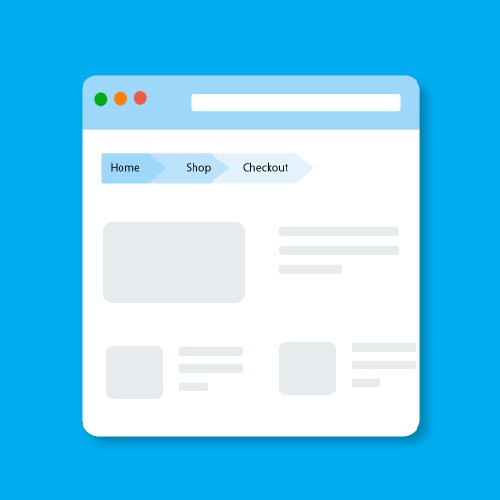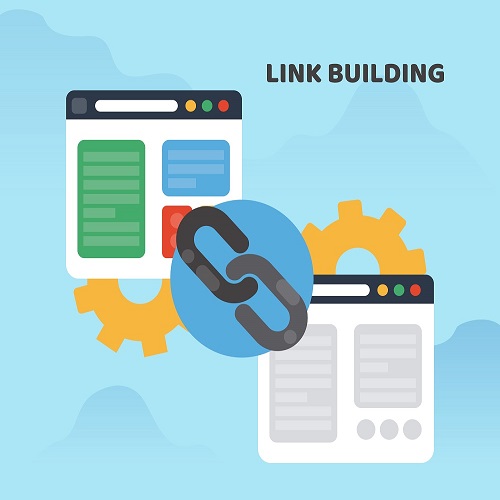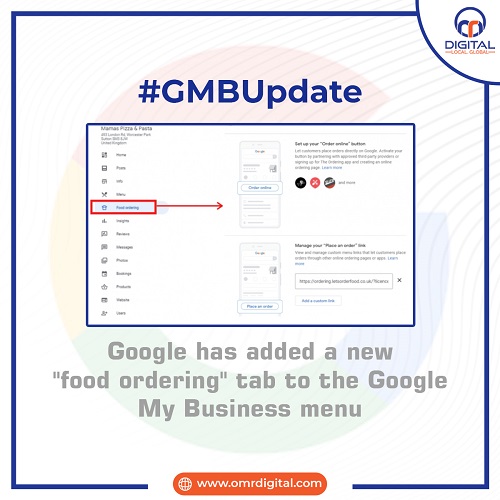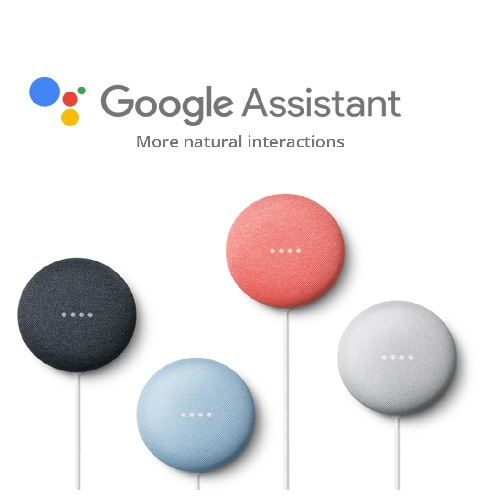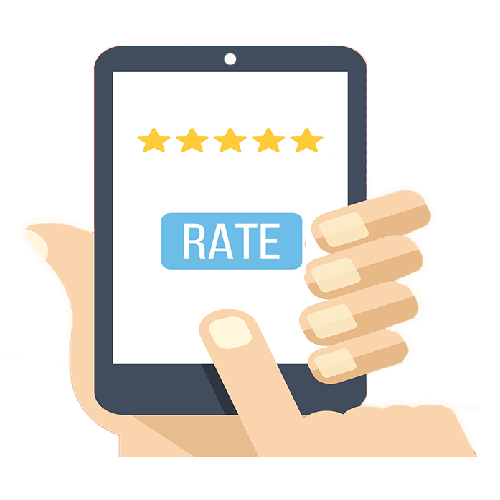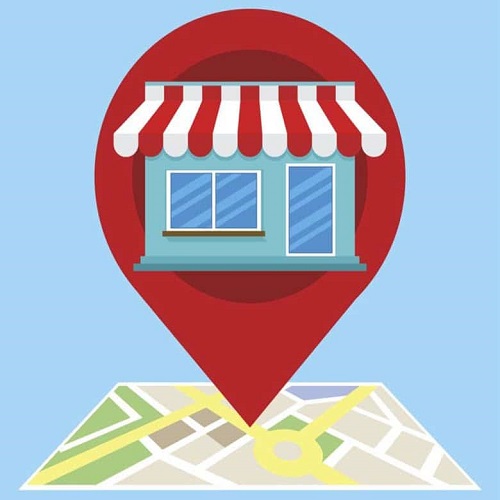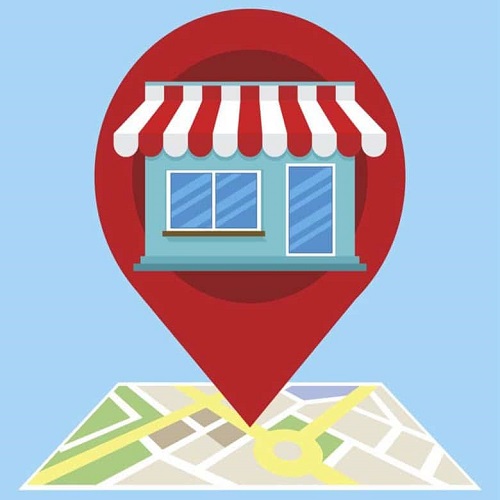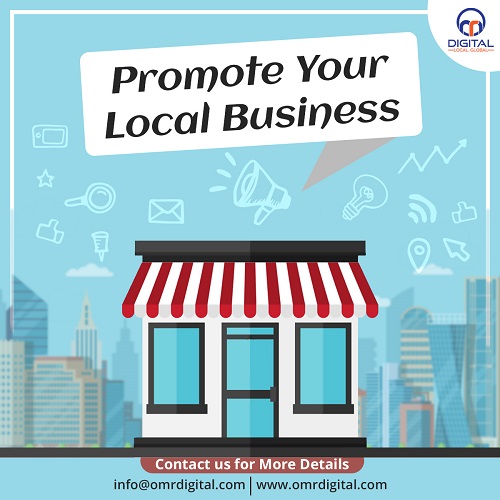
Contact Us
Related Posts
Category
The Basics of Local SEO
In this definitive guide to local SEO will teach you everything you need to know to get started, including who local SEO is about, who it attracts, and what the benefits are. We’ll also define a few main words (like what a “SERP” is, for example).
For whom is local SEO useful?
Any company that has a physical location where customers can be greeted or that represents a specific local geographic area should use local SEO. Local SEO can be utilized by eateries, bars, laundromats, specialists’ workplaces, law workplaces, and supermarkets. Furthermore, service-area companies (think plumbers, construction workers, locksmiths, and other related professionals who fly to their customers) are entitled to use local SEO and would gain in a similar way. The list goes on! Local SEO and the activities outlined in this guide are beneficial to any company that is local and serves local customers.
What Are The Benefits Of Local SEO’s
As we’ve already developed, local SEO is critical for creating customers and conversions for local businesses, whether they’re an auto shop in Boise, Idaho, a restaurant in Jacksonville, Florida, or a furniture store in Houston, Texas. In today’s world of online shopping and retail behemoths, I imagine small business owners are unmotivated to fight for search results against Walmart and Amazon. Local SEO is here to assist you, fortunately. Smaller companies outnumber Amazon every day in terms of local SEO. Local SEO gives you the opportunity to be discovered by local customers who are ready and willing to invest in your business. Local businesses are valued by both Google and the general public when it comes to shopping.
In reality, Google uses a collection of local ranking factors to decide whether or not your company is geographically important to a user conducting a “near me” search (we’ll go through this in more detail later). As a result, you won’t have to compete with major multinational companies to get your small company in front of relevant nearby conventions. According to Access research, proximity is extremely important to local customers, with more than 92% commuting less than 20 minutes to get their daily necessities. That should be sufficient reason to invest in local SEO for any size company. Local SEO will help bring more customers to your shop, allowing you to start generating more sales, whether you’re a brick-and-mortar or service-area business.
Many companies today must maintain two storefronts: a physical and a digital one. Local SEO will increase the visibility of your online store and bring in more customers.
What is Local SEO, and how can it work?
Local SEO is an assortment of strategies and procedures pointed toward expanding your openness on Google and other web crawlers while individuals looking close to your actual area or when a hunt includes a specific area. The same is true for people planning a trip to your town or city and looking for local businesses ahead of time. Although SEO can seem to be a complicated term, it is simply another word for strategies that increase sales by increasing online visibility. There are a few tried-and-true methods for increasing online exposure at your disposal. In general, we want to show Google that your company is deserving of being at the top of search results for specific words and queries. In the case of local SEO, this could imply including your town or city name and zip code in content, obtaining links from local websites, and increasing online feedback. In this guide, we’ll go over all of these strategies and more.
Local SEO attracts a specific group of people.
Local SEO, as the name implies, focuses on attracting consumers in more restricted areas (as opposed to the global scope of online stores), such as those in a specific town or region. Local businesses who want to attract this demographic typically do so in order to increase foot traffic to their physical location or develop business within a service area. Local consumers are the best customers for many brick-and-mortar and service-area companies.
What is the reasoning behind this? For starters, they’re easier to reach, and they’re even more loyal, returning if they like what they’re getting. Local SEO is an excellent way to reach out to these higher-value customers. Local SEO aims to boost your visibility around the web, but we’ll be concentrating on Google and Google Maps for the majority of this guide. We’re not being paid by Google, but there’s a reason Google is so important! Not only in the United States, but globally, Google is by far the most used search engine.
According to Statcounter, Google holds a record 92.18% of the global search engine market share in 2020. We’re not saying you can neglect other search engines entirely; there’s still value in Apple and Bing (which we’ll discuss later), but Google is where the vast majority of consumers can find you online, so we’ll concentrate our efforts there. Furthermore, because of Google’s ubiquity and large market share, other search engines prefer to follow Google’s lead in terms of what they want to see in order to rate the company higher. As a result, whatever work you do for Google will easily be transferred to other platforms.
What is the concept of a local search?
When anyone types a question into Google with a local purpose, it’s known as a local search. For eg. ‘burger takeout near me,’ ‘burger takeout London,’ or simply ‘burger takeout’ if their geolocation is known to Google. While anyone with strong SEO and authority can rank for a search query like “how to repair a blocked drain,” only local businesses can rank for higher-intent searches like “electrician near me” or “best electrician in Belgravia.” To create a local search, you don’t even need to type in “near me” or your place anymore. If I’m walking the streets of London and type in “burger,” I’ll get local search results in the form of the local pack (as seen above), or the local finder if I’m searching on maps.
But how does Google know where I am and what information to show to me? Since Google uses GPS to monitor your position and provide more accurate search results, this is the case. On a mobile device, skip to the bottom of the search results to see where it believes you are. In other words, Google today is smarter than it was, say, ten years ago. For these types of local search queries, search engines recognise that the user is looking for business recommendations or lists based on area, so that’s exactly what they have in the local search engine results pages (also known as SERPs).
Local SEO is necessary and worthwhile to invest in alongside standard SEO for your website because of this difference in behavior and outcome. The local search results are focused on a few main local ranking criteria, which we’ll go through in detail later in this guide.
What exactly are localized search engine results pages (SERPs)?
A local quest is something we’re all familiar with. Local SERPs, on the other hand, aren’t quite what they sound like. ‘Search engine results pages,’ or ‘SERPs,’ are abbreviated as ‘SERP’ or ‘SERPs.’ When anyone conducts a search with a local purpose, the results are shown as local SERPs. Local map packs, localized organic results, and even rich results features are examples of these (though these will be less common in local searches).
Organic results vs. local map bundle
Local businesses need exposure to what is known as the ‘local pack,’ ‘3-pack,’ or even the ‘snack pack,’ in order to increase traffic to their websites and through their doors. This is a group of three business listings that appear underneath the map in the Google search results after a local purpose search. Opening times, contact details, and review scores are just a few of the features that set this apart from traditional organic performance.
So, you might be wondering where all of this valuable data comes from. While Google is becoming more adept at pulling this data directly from your website, these elements are not derived from there. Almost all in the local pack comes from the company’s Google My Business profile, which is an increasingly important part of local SEO marketing as Google seeks to answer more search queries directly in the SERPs.
What is Google’s local algorithm and how does it work?
An algorithm is a complex program that determines what should appear in search results for a specific query. Most search results are determined by the organic Google algorithm, but when it comes to local results, the algorithm is slightly different and considers more variables than the normal search algorithm.
Let’s look at what Google looks for in a local search.
Three factors are important in Google’s local search algorithm:
- Relevance– Is the company surfaced in a way that is important to the search query?
- Importance– Is the company being surfaced trusted because of its prominence?
- Proximity– Is the searcher close to the business?
We should investigate every one of these ideas
Relevance
Google’s local algorithm places a high value on relevance. In reality, relevance is a factor in the regular SEO algorithm, so it’s not only limited to the local market. Naturally, Google tries to do a good job, and it wouldn’t be doing a good job if it pushed out meaningless data. You’ll want to make sure you’re targeting keywords or things that potential clients will be looking for to ensure that search engines like Google consider your company interesting enough to surface.
If you own a burger place in London, for example, you’ll want to make sure Google associates your company with terms like “Burger London,” “best pizza,” or even “cheap pizza London,” if that’s your USP.
- Choosing the right directory category for your company
- Incorporating the company’s keywords into the material and explanations
- Creating content that is important to the expertise of your company
- Meta definitions and title tags
- Markup in the schema
- Obtaining links from websites that are important to the local community and the industry
Importance
Consider how well the brand stands out from the competition. You’re attempting to convince Google that your company is trustworthy – that its data is reliable, that it exists, and that it’s worth considering. It’s safer if Google and other search engines will find and verify you online. To the Google local algorithm, brands with higher online visibility seem more reliable and trustworthy. We all know that search engines (particularly Google) gather information from all over the internet. So, if your brand is out there on the internet, search engines will try to locate it and rate you according to its popularity.
Let’s take a look at some of the most critical ways to grow and sustain the popularity of your business. There are a few ways to show that you are prominent.
- (Local) connect building
- Creating and disseminating content and articles that are important
- Getting your name in directories is a great way to get your name out there.
- Increasing the number of web references to your company
- Creating a positive online reputation
- Having active (and tested, if possible!) social media sites
- Having your name published in the local press or on government websites.
Later on, we’ll go over how to become more visible in Google’s eyes, as well as give you some practical advice on how to establish a strong online presence.
Proximity
Let’s look at our final ranking factor: proximity, now that we know your company is important to the user’s search query and has a high prominence. Naturally, proximity to relevant businesses is critical when conducting a local search. What good would it do you to have Google return results from three towns away? As a result, the most significant local ranking factor is undoubtedly proximity. It’s also the one-of-a-kind ranking aspect. Although traditional SEO factors such as prominence and relevance are important, you don’t need to be nearby to shop at online eCommerce stores. A consumer can conduct a local search in one of three ways: non-geo-modified, geo-modified, or “near me.” You should always try planning for the various ways users search in order to demonstrate your proximity to Google.
Unfortunately, while proximity is the most important factor in a local quest, it is also the most uncontrollable. Your company is based on the location where it is located. What’s important here is to show Google where your business is so that it can find you when people search for things in your area. With a tool like Local Search Results Checker, you can keep track of your latest local rankings. A user can perform a local search in three ways: non-geo-modified, geo-modified, and “near me.” You should always consider optimizing for the various ways users search to show your proximity to Google.

The Basics of Local SEO
In this definitive guide to local SEO will teach you everything you need to know to get started, including who local SEO is about, who it attracts, and what the benefits are. We’ll also define a few main words (like what a “SERP” is, for example).
For whom is local SEO useful?
Any company that has a physical location where customers can be greeted or that represents a specific local geographic area should use local SEO. Local SEO can be utilized by eateries, bars, laundromats, specialists’ workplaces, law workplaces, and supermarkets. Furthermore, service-area companies (think plumbers, construction workers, locksmiths, and other related professionals who fly to their customers) are entitled to use local SEO and would gain in a similar way. The list goes on! Local SEO and the activities outlined in this guide are beneficial to any company that is local and serves local customers.
What Are The Benefits Of Local SEO’s
As we’ve already developed, local SEO is critical for creating customers and conversions for local businesses, whether they’re an auto shop in Boise, Idaho, a restaurant in Jacksonville, Florida, or a furniture store in Houston, Texas. In today’s world of online shopping and retail behemoths, I imagine small business owners are unmotivated to fight for search results against Walmart and Amazon. Local SEO is here to assist you, fortunately. Smaller companies outnumber Amazon every day in terms of local SEO. Local SEO gives you the opportunity to be discovered by local customers who are ready and willing to invest in your business. Local businesses are valued by both Google and the general public when it comes to shopping.
In reality, Google uses a collection of local ranking factors to decide whether or not your company is geographically important to a user conducting a “near me” search (we’ll go through this in more detail later). As a result, you won’t have to compete with major multinational companies to get your small company in front of relevant nearby conventions. According to Access research, proximity is extremely important to local customers, with more than 92% commuting less than 20 minutes to get their daily necessities. That should be sufficient reason to invest in local SEO for any size company. Local SEO will help bring more customers to your shop, allowing you to start generating more sales, whether you’re a brick-and-mortar or service-area business.
Many companies today must maintain two storefronts: a physical and a digital one. Local SEO will increase the visibility of your online store and bring in more customers.
What is Local SEO, and how can it work?
Local SEO is an assortment of strategies and procedures pointed toward expanding your openness on Google and other web crawlers while individuals looking close to your actual area or when a hunt includes a specific area. The same is true for people planning a trip to your town or city and looking for local businesses ahead of time. Although SEO can seem to be a complicated term, it is simply another word for strategies that increase sales by increasing online visibility. There are a few tried-and-true methods for increasing online exposure at your disposal. In general, we want to show Google that your company is deserving of being at the top of search results for specific words and queries. In the case of local SEO, this could imply including your town or city name and zip code in content, obtaining links from local websites, and increasing online feedback. In this guide, we’ll go over all of these strategies and more.
Local SEO attracts a specific group of people.
Local SEO, as the name implies, focuses on attracting consumers in more restricted areas (as opposed to the global scope of online stores), such as those in a specific town or region. Local businesses who want to attract this demographic typically do so in order to increase foot traffic to their physical location or develop business within a service area. Local consumers are the best customers for many brick-and-mortar and service-area companies.
What is the reasoning behind this? For starters, they’re easier to reach, and they’re even more loyal, returning if they like what they’re getting. Local SEO is an excellent way to reach out to these higher-value customers. Local SEO aims to boost your visibility around the web, but we’ll be concentrating on Google and Google Maps for the majority of this guide. We’re not being paid by Google, but there’s a reason Google is so important! Not only in the United States, but globally, Google is by far the most used search engine.
According to Statcounter, Google holds a record 92.18% of the global search engine market share in 2020. We’re not saying you can neglect other search engines entirely; there’s still value in Apple and Bing (which we’ll discuss later), but Google is where the vast majority of consumers can find you online, so we’ll concentrate our efforts there. Furthermore, because of Google’s ubiquity and large market share, other search engines prefer to follow Google’s lead in terms of what they want to see in order to rate the company higher. As a result, whatever work you do for Google will easily be transferred to other platforms.
What is the concept of a local search?
When anyone types a question into Google with a local purpose, it’s known as a local search. For eg. ‘burger takeout near me,’ ‘burger takeout London,’ or simply ‘burger takeout’ if their geolocation is known to Google. While anyone with strong SEO and authority can rank for a search query like “how to repair a blocked drain,” only local businesses can rank for higher-intent searches like “electrician near me” or “best electrician in Belgravia.” To create a local search, you don’t even need to type in “near me” or your place anymore. If I’m walking the streets of London and type in “burger,” I’ll get local search results in the form of the local pack (as seen above), or the local finder if I’m searching on maps.
But how does Google know where I am and what information to show to me? Since Google uses GPS to monitor your position and provide more accurate search results, this is the case. On a mobile device, skip to the bottom of the search results to see where it believes you are. In other words, Google today is smarter than it was, say, ten years ago. For these types of local search queries, search engines recognise that the user is looking for business recommendations or lists based on area, so that’s exactly what they have in the local search engine results pages (also known as SERPs).
Local SEO is necessary and worthwhile to invest in alongside standard SEO for your website because of this difference in behavior and outcome. The local search results are focused on a few main local ranking criteria, which we’ll go through in detail later in this guide.
What exactly are localized search engine results pages (SERPs)?
A local quest is something we’re all familiar with. Local SERPs, on the other hand, aren’t quite what they sound like. ‘Search engine results pages,’ or ‘SERPs,’ are abbreviated as ‘SERP’ or ‘SERPs.’ When anyone conducts a search with a local purpose, the results are shown as local SERPs. Local map packs, localized organic results, and even rich results features are examples of these (though these will be less common in local searches).
Organic results vs. local map bundle
Local businesses need exposure to what is known as the ‘local pack,’ ‘3-pack,’ or even the ‘snack pack,’ in order to increase traffic to their websites and through their doors. This is a group of three business listings that appear underneath the map in the Google search results after a local purpose search. Opening times, contact details, and review scores are just a few of the features that set this apart from traditional organic performance.
So, you might be wondering where all of this valuable data comes from. While Google is becoming more adept at pulling this data directly from your website, these elements are not derived from there. Almost all in the local pack comes from the company’s Google My Business profile, which is an increasingly important part of local SEO marketing as Google seeks to answer more search queries directly in the SERPs.
What is Google’s local algorithm and how does it work?
An algorithm is a complex program that determines what should appear in search results for a specific query. Most search results are determined by the organic Google algorithm, but when it comes to local results, the algorithm is slightly different and considers more variables than the normal search algorithm.
Let’s look at what Google looks for in a local search.
Three factors are important in Google’s local search algorithm:
- Relevance– Is the company surfaced in a way that is important to the search query?
- Importance– Is the company being surfaced trusted because of its prominence?
- Proximity– Is the searcher close to the business?
We should investigate every one of these ideas
Relevance
Google’s local algorithm places a high value on relevance. In reality, relevance is a factor in the regular SEO algorithm, so it’s not only limited to the local market. Naturally, Google tries to do a good job, and it wouldn’t be doing a good job if it pushed out meaningless data. You’ll want to make sure you’re targeting keywords or things that potential clients will be looking for to ensure that search engines like Google consider your company interesting enough to surface.
If you own a burger place in London, for example, you’ll want to make sure Google associates your company with terms like “Burger London,” “best pizza,” or even “cheap pizza London,” if that’s your USP.
- Choosing the right directory category for your company
- Incorporating the company’s keywords into the material and explanations
- Creating content that is important to the expertise of your company
- Meta definitions and title tags
- Markup in the schema
- Obtaining links from websites that are important to the local community and the industry
Importance
Consider how well the brand stands out from the competition. You’re attempting to convince Google that your company is trustworthy – that its data is reliable, that it exists, and that it’s worth considering. It’s safer if Google and other search engines will find and verify you online. To the Google local algorithm, brands with higher online visibility seem more reliable and trustworthy. We all know that search engines (particularly Google) gather information from all over the internet. So, if your brand is out there on the internet, search engines will try to locate it and rate you according to its popularity.
Let’s take a look at some of the most critical ways to grow and sustain the popularity of your business. There are a few ways to show that you are prominent.
- (Local) connect building
- Creating and disseminating content and articles that are important
- Getting your name in directories is a great way to get your name out there.
- Increasing the number of web references to your company
- Creating a positive online reputation
- Having active (and tested, if possible!) social media sites
- Having your name published in the local press or on government websites.
Later on, we’ll go over how to become more visible in Google’s eyes, as well as give you some practical advice on how to establish a strong online presence.
Proximity
Let’s look at our final ranking factor: proximity, now that we know your company is important to the user’s search query and has a high prominence. Naturally, proximity to relevant businesses is critical when conducting a local search. What good would it do you to have Google return results from three towns away? As a result, the most significant local ranking factor is undoubtedly proximity. It’s also the one-of-a-kind ranking aspect. Although traditional SEO factors such as prominence and relevance are important, you don’t need to be nearby to shop at online eCommerce stores. A consumer can conduct a local search in one of three ways: non-geo-modified, geo-modified, or “near me.” You should always try planning for the various ways users search in order to demonstrate your proximity to Google.
Unfortunately, while proximity is the most important factor in a local quest, it is also the most uncontrollable. Your company is based on the location where it is located. What’s important here is to show Google where your business is so that it can find you when people search for things in your area. With a tool like Local Search Results Checker, you can keep track of your latest local rankings. A user can perform a local search in three ways: non-geo-modified, geo-modified, and “near me.” You should always consider optimizing for the various ways users search to show your proximity to Google.




